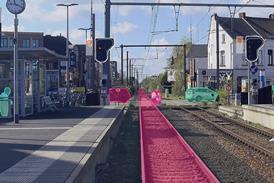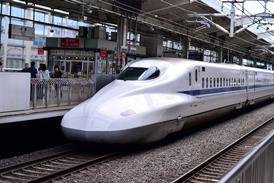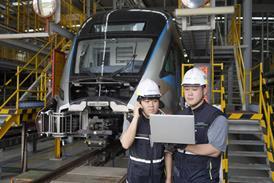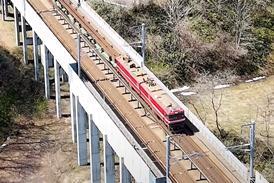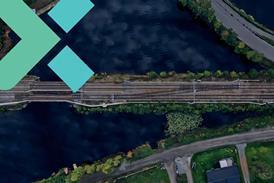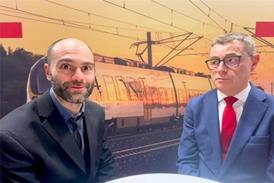Close menu
- Home
-
News
- Back to parent navigation item
- News
- Traction and rolling stock
- Passenger
- High speed
- Freight
- Infrastructure
- Policy
- Technology
- Ticketing
- Business
- Research, training and skills
- Accessibility and inclusion
- People
- Urban rail news
- Suburban and commuter rail
- Metro
- Light rail and tram
- Monorail and peoplemover
- Regions
- InnoTrans
- In depth
- Events
- Data
- Maps
- Tenders & Jobs
- Sponsored content
- Insights
Underground split could cost £1bn
By Railway Gazette International and mph1998-06-01T10:00:00
AN EXTRAORDINARY conflict of evidence emerged when a committee of MPs questioned Managing Director of London Underground Denis Tunnicliffe and ex-Chairman of London Transport Peter Ford - sacked by Deputy Prime Minister John Prescott on April 17 (p376).
Already have an account? LOG IN
To continue…
You’ve reached your limit of content for the month

